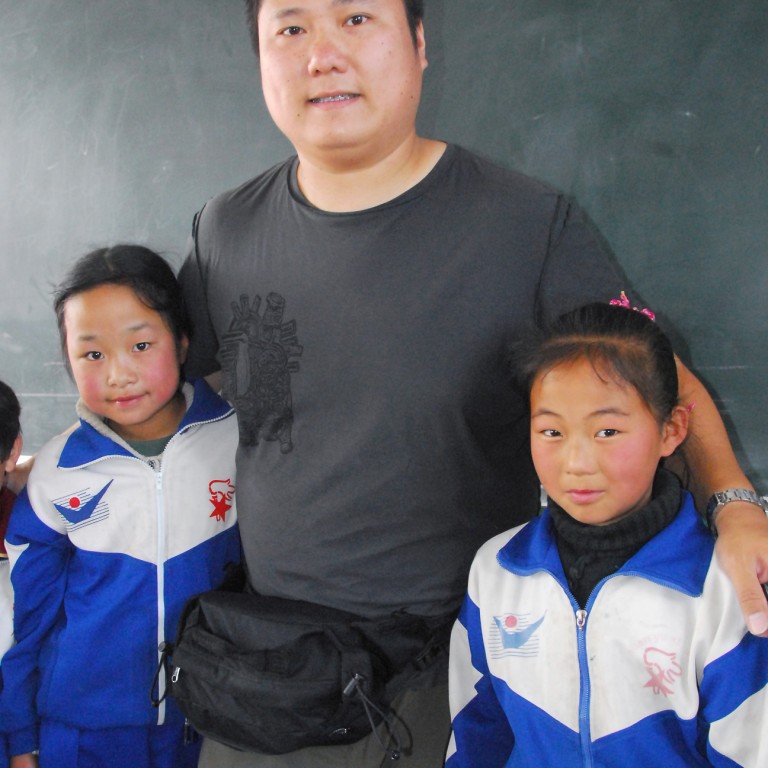
A picture of changing priorities
Before 2001, Laurence Lai had a successful garment business. So friends thought he was mad when he gave it up to open a photo booth on the Gold Coast in Tuen Mun.
“I started selling photos with cardboard frames,” Lai recalls. “I started mostly on weekends and public holidays. People liked my photos of Hong Kong scenery and street scenes.”
Although his garment business was thriving, Lai says he felt unfulfilled.
“People asked me if I was crazy. But I thought about what my life was,” says Lai. “I had worked in the business for 11 years, had a diploma in textile science and earned a lot of money, but I had nothing. I was far more interested in travelling and taking photos. I found myself looking forward to the weekends and got a lot more satisfaction out of doing the photos.”
As his reputation grew, Lai expanded the business, going from one booth on the Gold Coast to four shops, including at The Peak and Star Ferry pier. While the galleries highlighted his work, he also started to work with the children’s charity HOPE Worldwide.
“In 2006 I started going with the NGO to Yunnan province and elsewhere on the mainland,” he says.
Lai went to small villages, visiting schools and homes in poor areas and photographing the children’s daily lives. HOPE used the images to promote its work.
Then Lai realised he could expand on this project, teaching children photography.
“Everyone has an old camera put away in a drawer when they upgrade their equipment,” he says. “So I asked the students to bring them in. The first one I gave to the son of a friend who was having financial difficulties. So he and his father took photographs together and it made their relationship closer.”
Lai’s next stop was HOPE Worldwide’s centre at Shek Kip Mei, catering to working class boys and girls whose families don’t have the cash to buy cameras. “The NGO organises outdoor activities for the children,” he says.Volunteers teach them how to learn to use these second-hand cameras, and we’ve now been running it since 2008.”
They have already collected 1,000 second-hand cameras. “I was told by the NGO that some of the children couldn’t sleep the night before, they were so excited about getting a camera.”
Lai also teaches the children how to upload the photos on to Facebook, as well as simple Photoshop. He says it’s interesting to see how some of the more reticent children have become more communicative through the project.
And the word is spreading.

“Just two months ago I got a call from a musician teaching piano and violin at Yuen Long. He wanted to collect second-hand instruments such as violins, guitars and saxophones. He had volunteers to teach music theory.”
After the call, Lai lined the musician up with a HOPE Worldwide centre for children in Yuen Long, so the children could benefit from learning a musical instrument.
“All of the children come from low-income families, mostly from single-parent families,” he says.
About a quarter of the cameras Lai receives don’t work, so he’s always on the lookout for more. And the feedback from the children has been valuable.
“One little girl showed me a small picture of her and her father. Because of this programme she was able to take her first photo with her father. I was really touched.”
